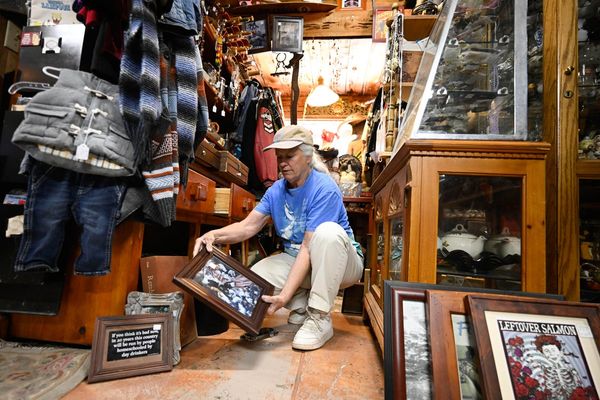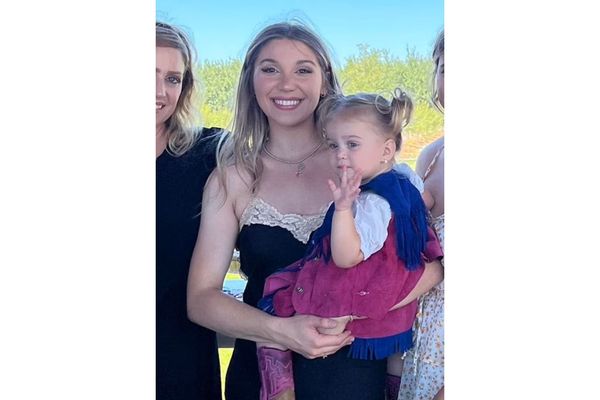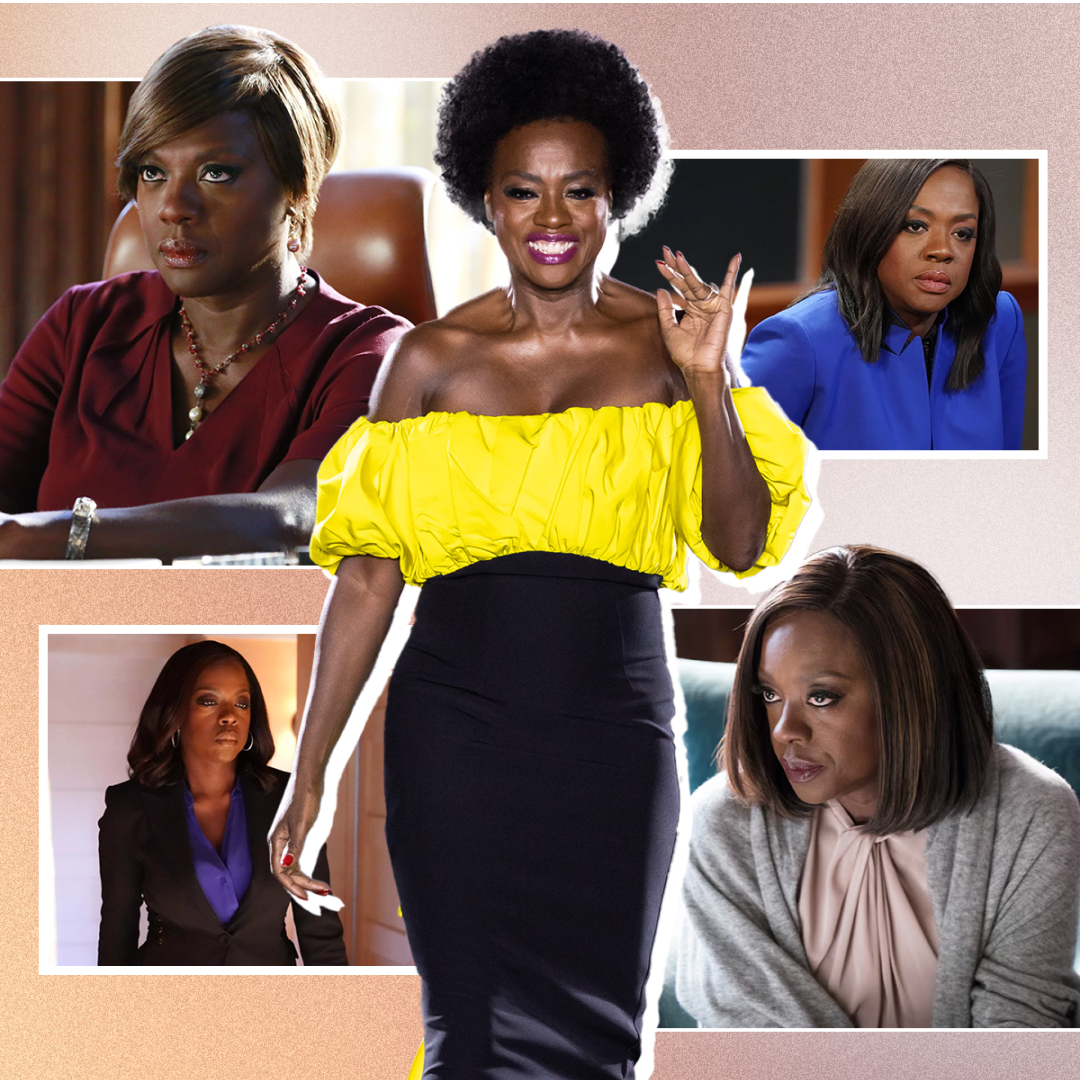
Ask any How to Get Away with Murder fan to describe an iconic scene from the show, and they will mostly likely tell you about a moment from season 1, episode 4 (“Let’s Get to Scooping”), which aired on October 16, 2014, where the series’ main character Annalise Keating (played by Viola Davis) removes her wig. As Naughty Boy’s “No One’s Here to Sleep” plays in the background, we see Annalise take off her jewelry, wig, and makeup, stripping away the armor that comprises her indomitable image in court and her law classroom. It’s a rare image of a Black woman unmasking her vulnerability, a nuanced depiction that we rarely saw at the time, particularly from an older Black queer woman. To this day, it is one of the most impactful portrayals of Black women on television.
Speaking to Marie Claire via email, HTGAWM executive producer Shonda Rhimes, creator Peter Nowalk, and Annalise actor Davis recall the pre-production choices that led to the wig scene, which was spearheaded by Davis herself. “True story: Viola's one request when she agreed to be on the show was to see Annalise without her wig,” Nowalk says, which was also highly publicized during the show’s run. “I said, ‘Of course, that sounds cool.’ Only once I saw the episode did I understand the impact. Viola's performance was vulnerable, exposing, surprising, captivating... but it was also real in a way that TV rarely is. Viola's a genius actor, I think we can all agree on that, but this moment proves she's a genius storyteller, too.”
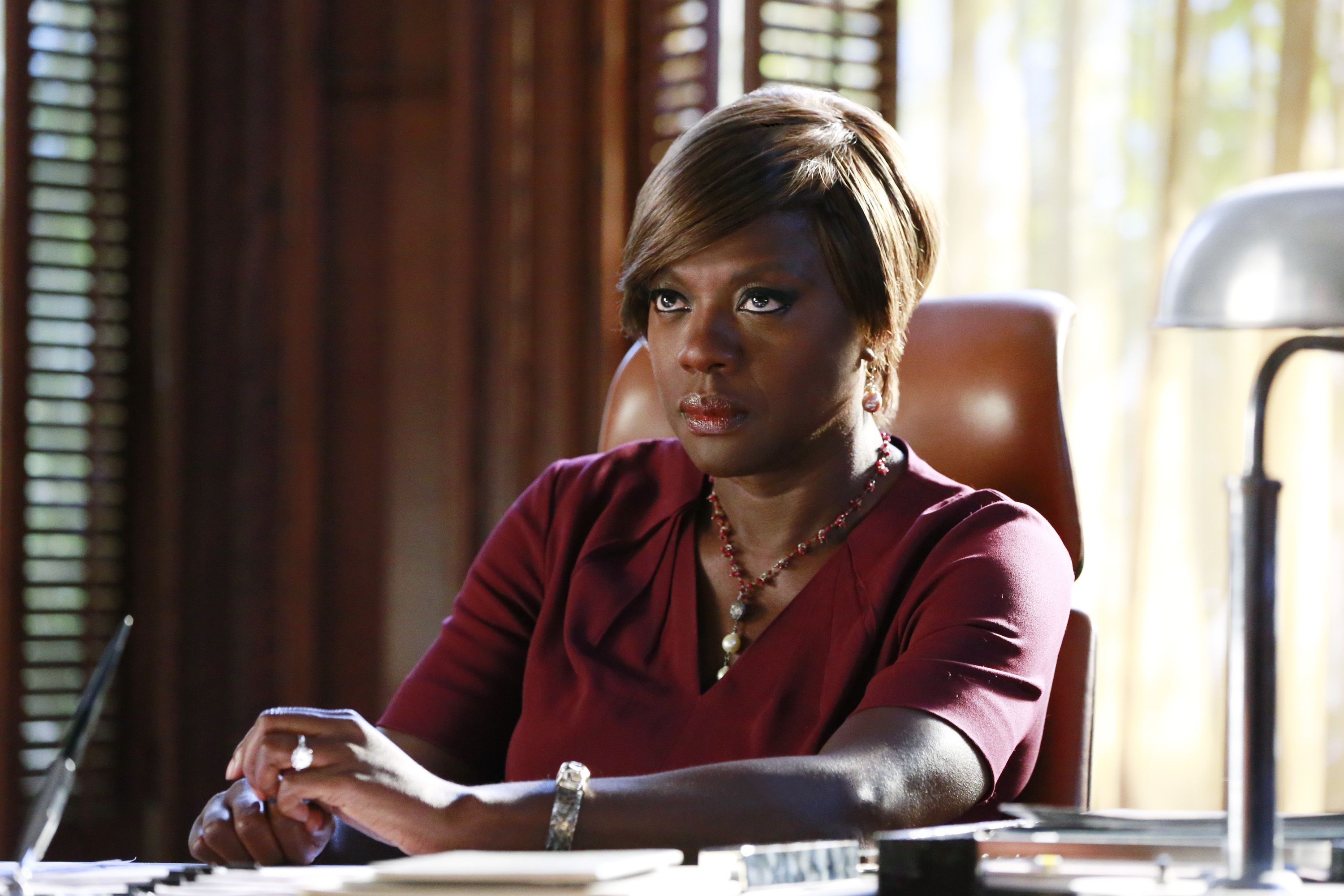
Meanwhile, Davis describes the scene as “a bold choice to ground Annalise in reality.” She explains, “I could’ve just made her a caricature… We’re used to that on TV to get ratings, make viewership, a glossiness that has no resemblance to life. Or I could be in a show that has all the salacious ratings qualities but center it with a real woman with real behavior and life issues. That’s what makes people lean in.”
In HTGAWM, Annalise Keating received the type of characterization usually reserved for the difficult male anti-heroes that dominated prestige TV at the time, from Walter White to Don Draper. While Black men had gotten the chance to play such nuanced characters—see the many examples in The Wire—Black women rarely received the opportunity at the time, unless Shonda Rhimes was the one bringing those depictions to the screen.
HTGAWM arrived two years after Scandal, Rhimes’s political thriller loosely based on the work of Judy Smith, a former White House employee who became an infamous crisis manager and fixer. With the premiere of Scandal, Kerry Washington, in the role of fixer Olivia Pope, became the first Black woman to lead a network drama since Get Christie Love! starring Teresa Graves premiered in 1974. Like Annalise, she also had her moments of morally dubious maneuvering, but she was always working towards a nobler goal, whether it was for love or friendship or the good of democracy. Annalise was a darker character overall, fueled largely by self-preservation; she was selfish and vindictive in a way Black women aren’t often allowed to be onscreen (or in life in general). As Rhimes tells Marie Claire, "Everything about How To Get Away With Murder was groundbreaking.”
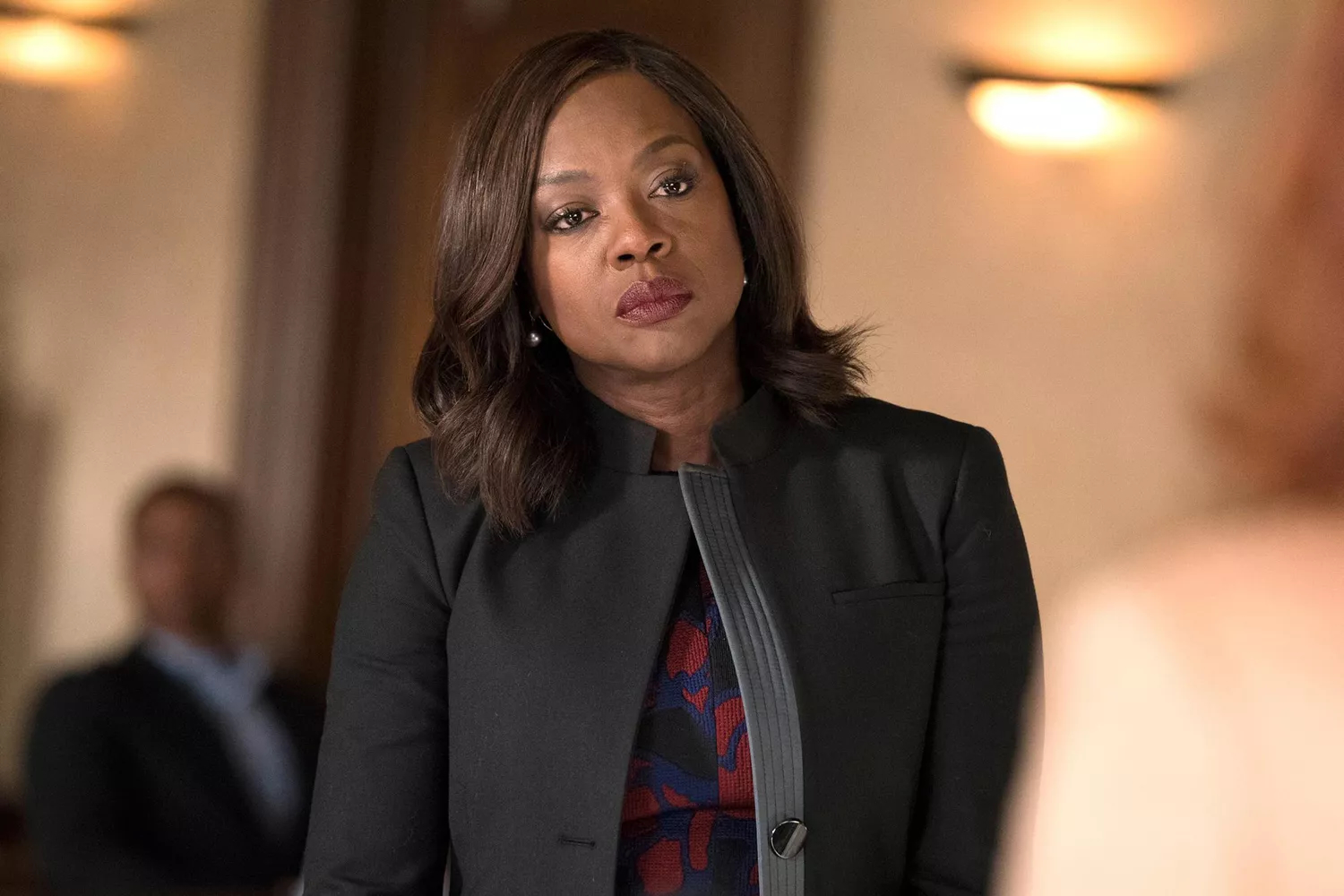
As the series went on, HTGAWM was at its strongest in the moments that leaned into two elements: Annalise showing the tenderness behind her bravado, and cultural specificity regarding Black familial relationships and Black women’s grooming practices. Perhaps the show’s most emotional episode, season 2’s “There’s My Baby,” hinges on a scene where both Davis and Tom Verica, who played her husband Sam, give devastating performances as expectant parents who experience a stillbirth. Davis shines bright during scenes where we sit with Annalise as she’s getting her hair done, from a season 3 scene amid her struggle with alcoholism to a later, tense conversation between Annalise and Olivia during the HTGAWM-Scandal crossover episodes. There’s also a scene Davis once cited as her favorite from the show when Annalise’s mother Ophelia (played by the late legend Cicely Tyson) greases Annalise’s scalp as she sits between her mother’s knees. It’s no wonder that two of these moments were specifically centered around hair.
As established early on in the wig-removal scene, Annalise’s wigs are part of the image she presents to the world. With these straight-haired bob wigs, a blunt contrast to her natural TWA (or teeny-weeny afro), she telegraphs competence and professionalism by taking away any chance that her hair could signal the opposite. Many Black women make the same choice every day in their respective fields, especially in Hollywood, where strides in natural hair representation have historically been limited by a shortage of hairstylists familiar with working with curly and kinky hair. Annalise brought that cultural struggle to the screen in an authentic and subversive way. We don’t see a morning montage where she builds up the strong Black woman Annalise Keating we’ve come to know and low-key fear. Instead, she’s brought back down from a possible “caricature” to a human, finding strength in her vulnerability, in a moment that countless Black women have identified with since its airing.
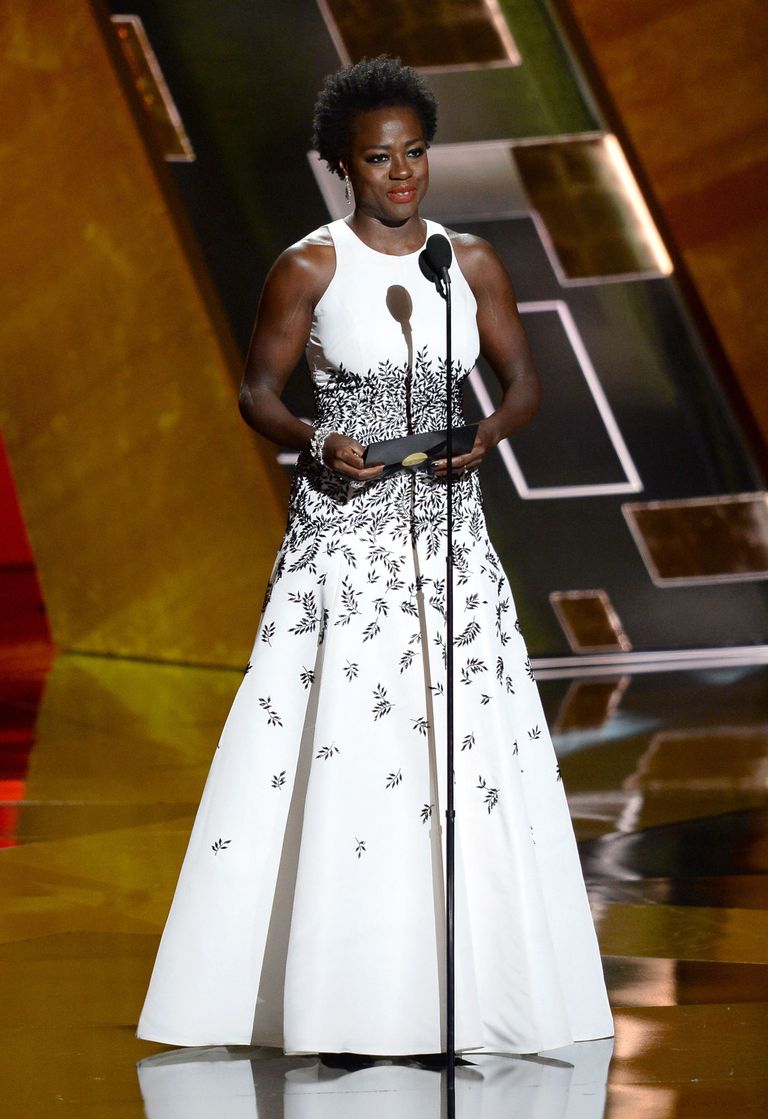
“I knew it was going to be a moment,” Davis says of the scene. “Because we made beauty a part of acting when, in fact, it has nothing to do with acting. Beauty has something to do with fame which is a byproduct of what we do. Our job is to mirror life… with all of its mess, irony, and contradictions. There’s TV and then there’s GOOD TV. I signed up for GOOD TV.”
Since the wig-removal scene aired 10 years ago, its spirit has lived on in Davis’s beauty journey, as well as its influence on television. Davis made headlines for wearing her natural hair in a light-brown TWA at the 2012 Academy Awards, and she has embraced her natural coils on red carpets, from the Emmys (when she picked up her historic 2015 award for her performance as Annalise) to the Golden Globes to Cannes. She has been outspoken about how her feelings about her hair have affected her self-image throughout her entire life and via projects like HTGAWM and 2020’s Ma Rainey’s Black Bottom, she has tapped into makeup and hairstyling to help form her characters as well-rounded humans.
In the years since Annalise took off her wig, other television characters have shown a range of Black women beyond a monolith, from Issa and Molly on Insecure to Arabella in I May Destroy You to Sydney on The Bear to Queen Charlotte on Shondaland’s Bridgerton. By taking off her wig, Annalise Keating threw open the door to a new generation of messy, complicated Black women on TV, and 10 years later, dozens of characters have followed.


